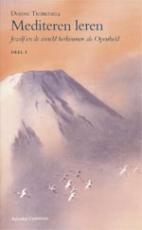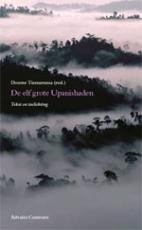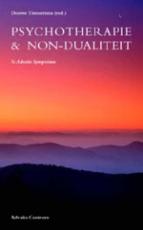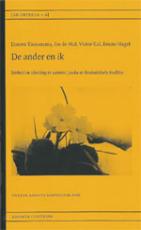01-02-2009 Brugge
Focus on meditative insight through the reading of short passages and silence. The atmosphere is quiet and slow. Three periods of silence with two pauses. Pauses prefaced by short meditative music.
1. A. There is the great silence. You can open yourself up to that and then it's experientially evident. You can always tune yourself in more accurately. You can open yourself up very precisely for the very essence of silence.
B. Going within you also discover the deep silence within yourself. In the center of yourself, the center of your heart, it's quiet and free. If you can be consciously present there in that center, the small space seems to be infinite. There is an infinite silence.
Music and Pause
2. A. The external silence and the internal silence come together, they are identical. The great silence as the essence of the cosmos in which everything is absorbed and the internal great silence of formless self-awareness merge. The self is released from its own restrictions into the Silence.
B. The great silence manifests itself very strongly. It can become so overwhelmingly strong that all the rest of your restrictions are swept away. It can also come over you spontaneously, the realization of the great silence, the expansion into that great silence, as grace.
Music and Pause.
3. A. The one great silence is the foundation of everything. Whatever phenomena arise, they come forward out of that. Within it all phenomena disappear once again. Whoever it is, you yourself, are each man. When the Silence is there, you feel your self in every man.
B. Nothing and no one is excluded, because nothing else is. There is only an unspeakable silent greatness. When you clearly recognize "this is it", you become free, everything becomes free, an entirely new creation comes into being.
The quotations below will not be used; they are for reference only:
Nisargadatta: You are so small that nothing can pin you down. It is your mind that gets caught, not you. Know yourself as you are -- a mere point in consciousness, dimensionless and timeless.
Douwe's comments:
It might be a helpful experience, in certain situations. But generally fear grows as you become smaller, for instance there is the feeling that the needle cannot pierce you, but it can crush you. In general it's not advisable didactically. Therefore I would not say ‘you are so small …’ and ‘a mere point in consciousness’; instead see the sentences below:
First there is a consciousness which experiences itself as finite and which can attune to the core of silence, the essence of the universe; then, the finite identity disappears and you as consciousness are opened, appearing to be as vast as the universe and ultimately as dimensionless! You can find the dimensionless point in ‘the finite identity disappears’; you also find it by going to the centre of your heart, but then, the point vanishes.
Nisargadatta: When you realize yourself as less than a point in space and time, something too small to be cut and too short-lived to be killed, then, and then only, all fear goes. When you are smaller than the point of a needle, then the needle cannot pierce you -- you pierce the needle.
Douwe's comments:
See my remark above. So, you can use the quotations of Nisargadatta, but then it's good to include my remarks and to begin with the meditation of going into your heart; there is the reduction of yourself to a point, which appears to be infinite and dimensionless.
Er is geen tweeheid
als je ontspannen bent
in zelf-bewustzijn
is dat duidelijk.
Boeken
Douwe schreef en redigeerde gedurende zijn leven boeken. Via onze uitgeverij zijn deze nog verkrijgbaar.



